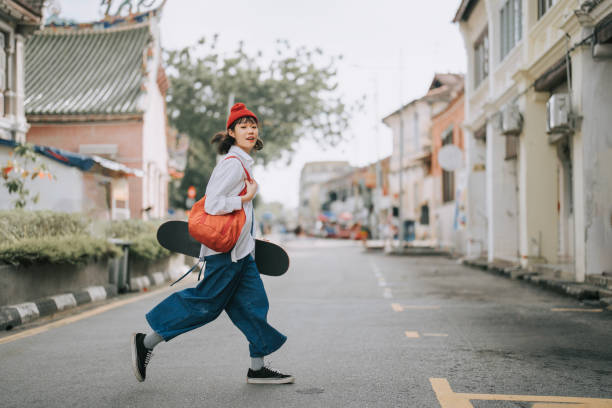Decoding the Influence of Streetwear on High Fashion
In recent years, there's been an unexpected guest at the high-fashion table: streetwear. This once underground style has infiltrated the world of luxury fashion, blurring the lines between haute couture and everyday wear. But how did streetwear make its way up the fashion ladder and what does it say about the current state of the industry? Let's delve into the evolution and impact of streetwear on high fashion.

A Brief History of Streetwear
Streetwear can trace its roots back to the Californian surf and skate culture of the 1980s. Brands like Stussy began as surfboard businesses before branching out into apparel. The aesthetic was relaxed and anti-establishment, heavily influenced by music, sports, and youth culture.
As the style gained popularity, it moved from the West Coast to the streets of New York City, where it was adopted by the burgeoning hip-hop scene. Streetwear’s rise in the fashion hierarchy began in earnest in the late 2000s and early 2010s, as high-fashion houses started to recognize its potential.
The Emergence of High-End Streetwear
The marriage of streetwear and high fashion can be traced back to designers like Riccardo Tisci, who incorporated streetwear elements into his collections for Givenchy. Since then, the relationship has only grown stronger, with luxury brands such as Gucci, Balenciaga, and Louis Vuitton launching their own streetwear-inspired lines.
The appointment of Virgil Abloh, a designer rooted in street culture, as the artistic director of Louis Vuitton’s menswear is a clear indication of streetwear’s influence on high fashion.
Why Streetwear Appeals to Luxury Fashion Brands
For high-fashion houses, integrating elements of streetwear into their collections is a strategic move. Streetwear’s casual, urban aesthetic appeals to younger audiences, allowing luxury brands to tap into a new customer base. Moreover, the hype culture associated with streetwear, with its limited-edition drops and collaborations, introduces a sense of urgency that drives sales.
The Impact of Streetwear on Consumer Behavior
Streetwear’s rise has changed how consumers approach fashion. No longer is high fashion the exclusive realm of the elite. The lines between luxury and mainstream fashion have blurred, democratizing style and making it more accessible. The value of a garment is no longer defined solely by its price tag, but also by its cultural relevance and scarcity.
Key Takeaways for the Fashion-conscious Shopper
- Stay Alert: Streetwear drops often sell out fast. Keep an eye on your favorite brands’ social media channels for information on upcoming releases.
- Mix and Match: Don’t be afraid to pair your luxury items with streetwear pieces. The combination can create a unique, individual look.
- Quality Over Quantity: Streetwear has a reputation for high-quality materials and construction. Invest in a few well-made pieces rather than a wardrobe full of fast-fashion items.
As we look to the future of fashion, it’s clear that streetwear’s influence is here to stay. Its impact on consumer behavior and the luxury market demonstrates its powerful role in shaping the industry. The rise of streetwear is a testament to fashion’s ever-evolving nature, a reminder that style is not dictated by price tags and designer labels, but by the people who wear it.




